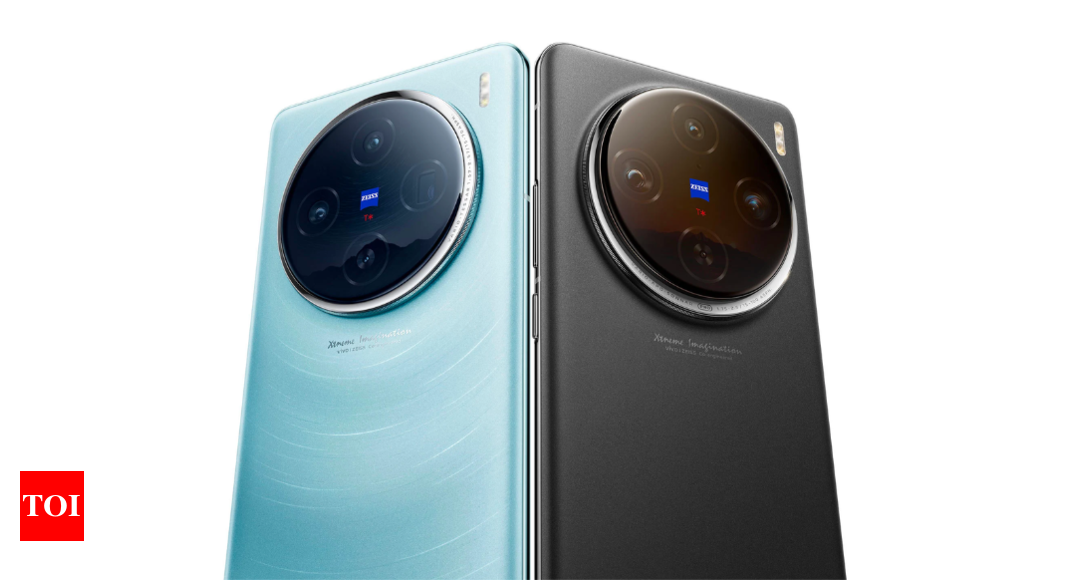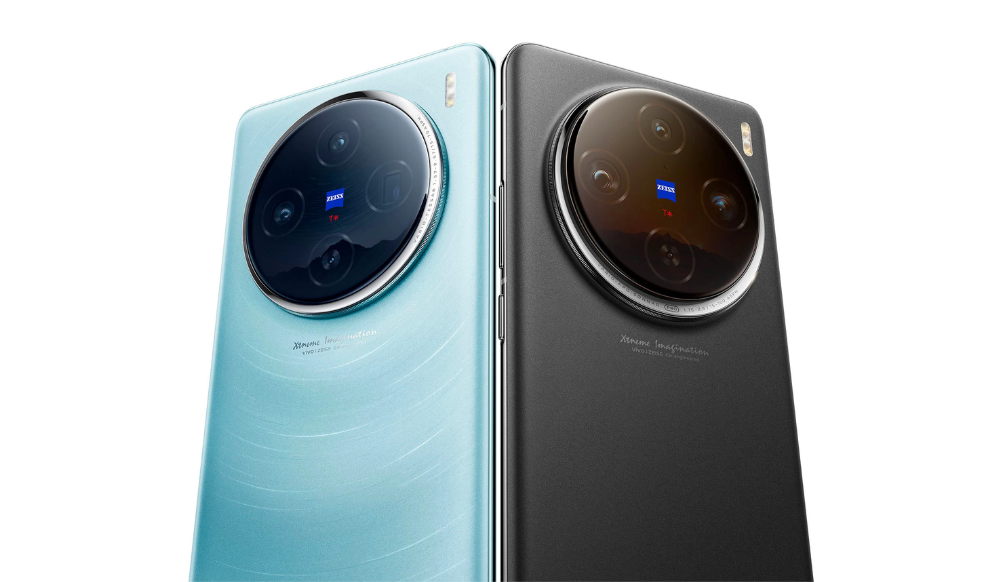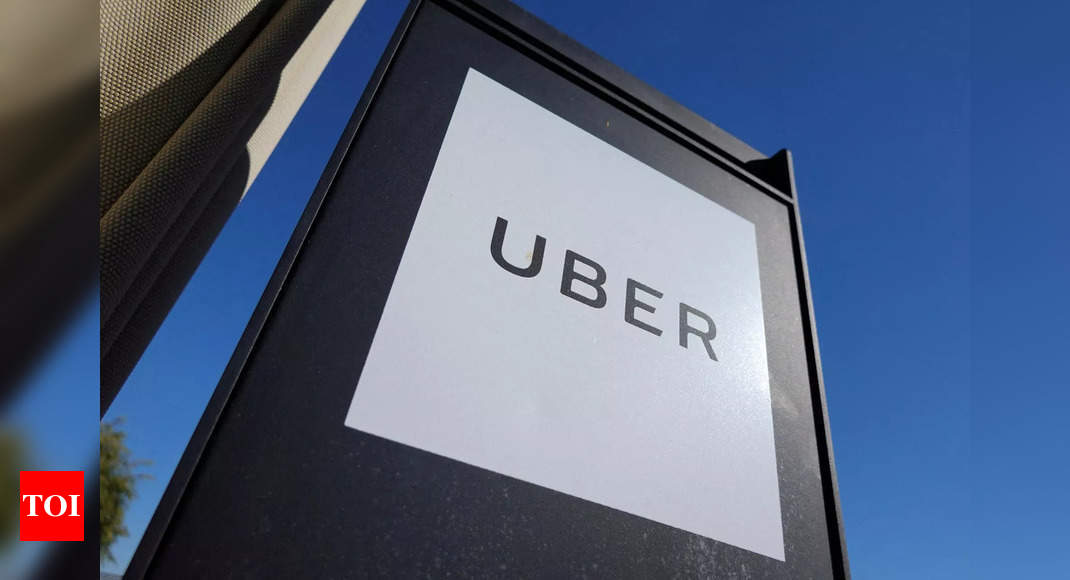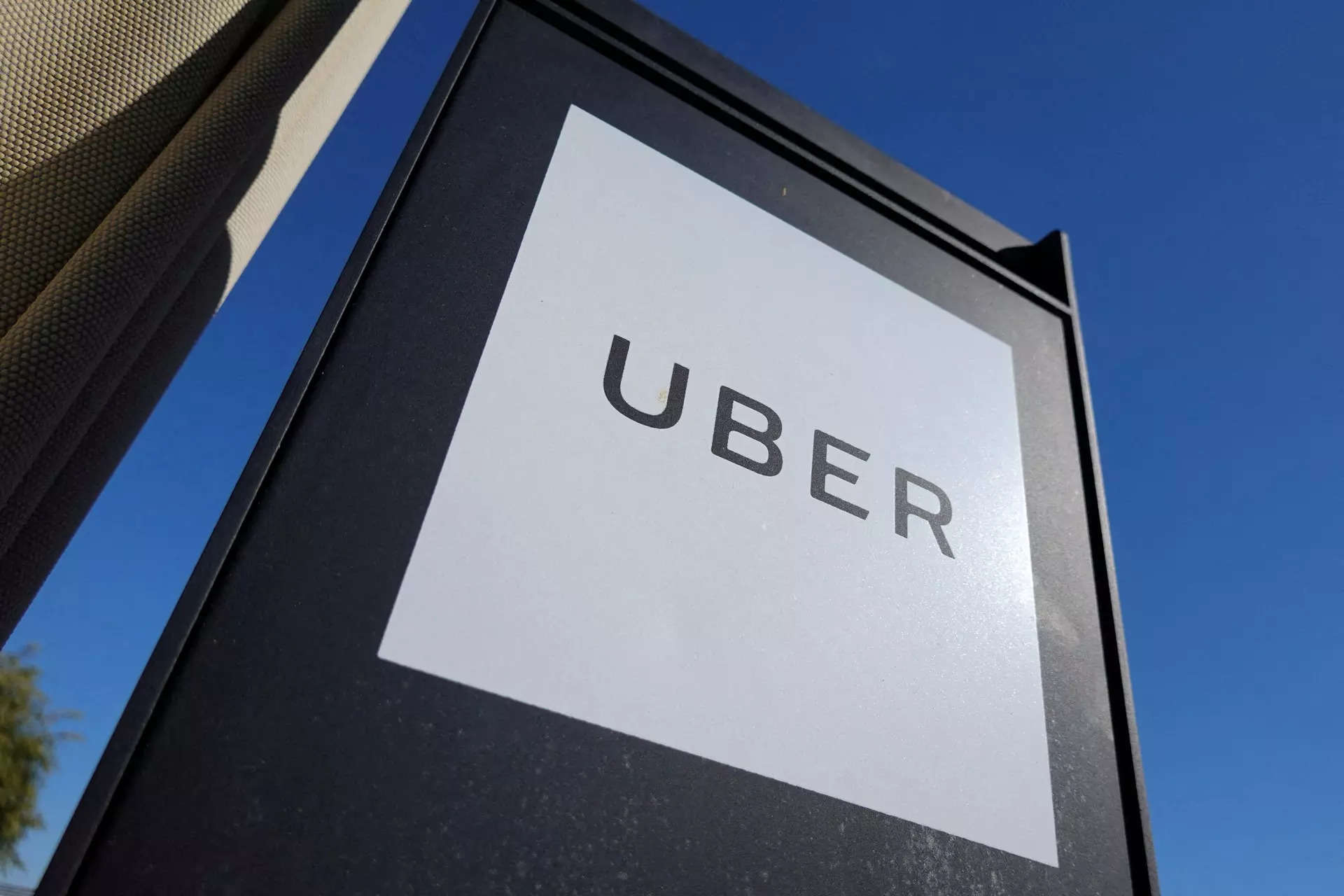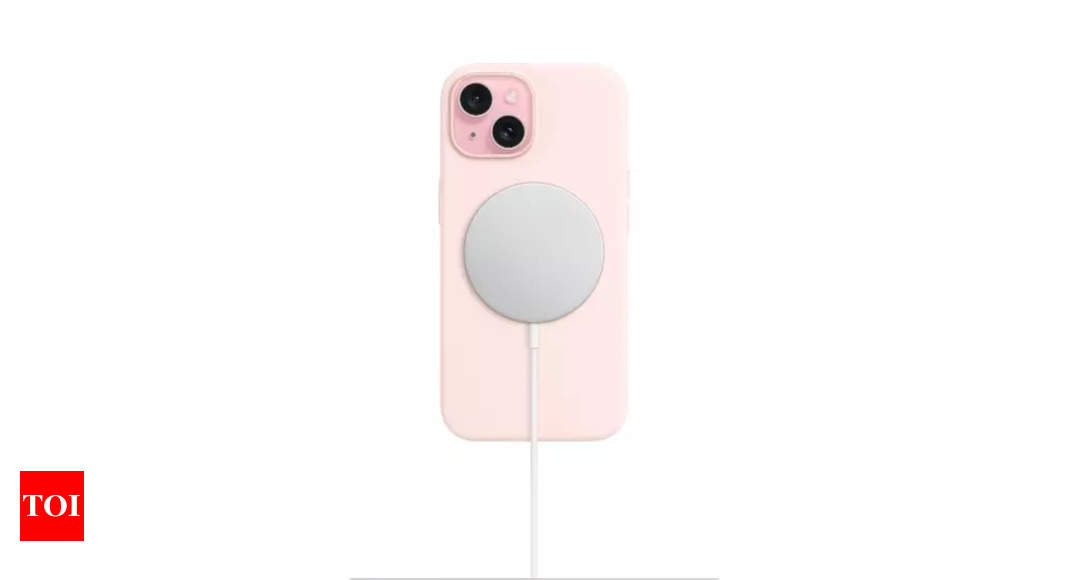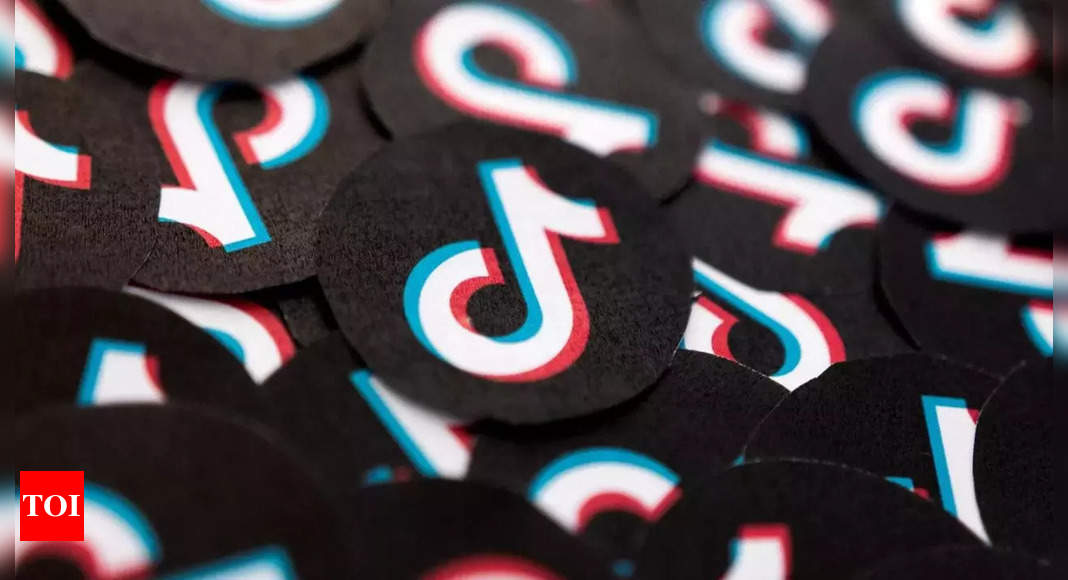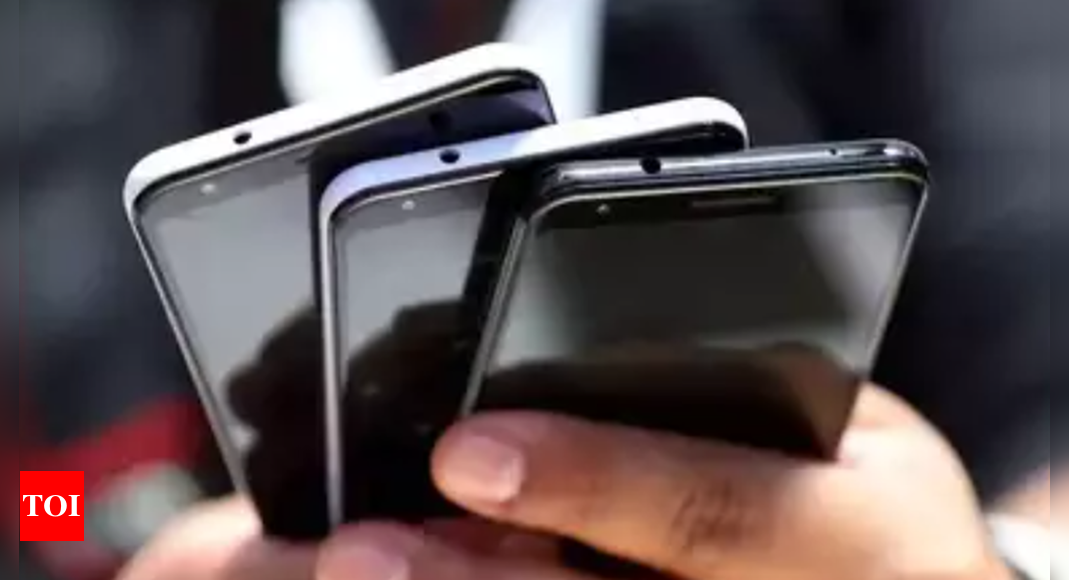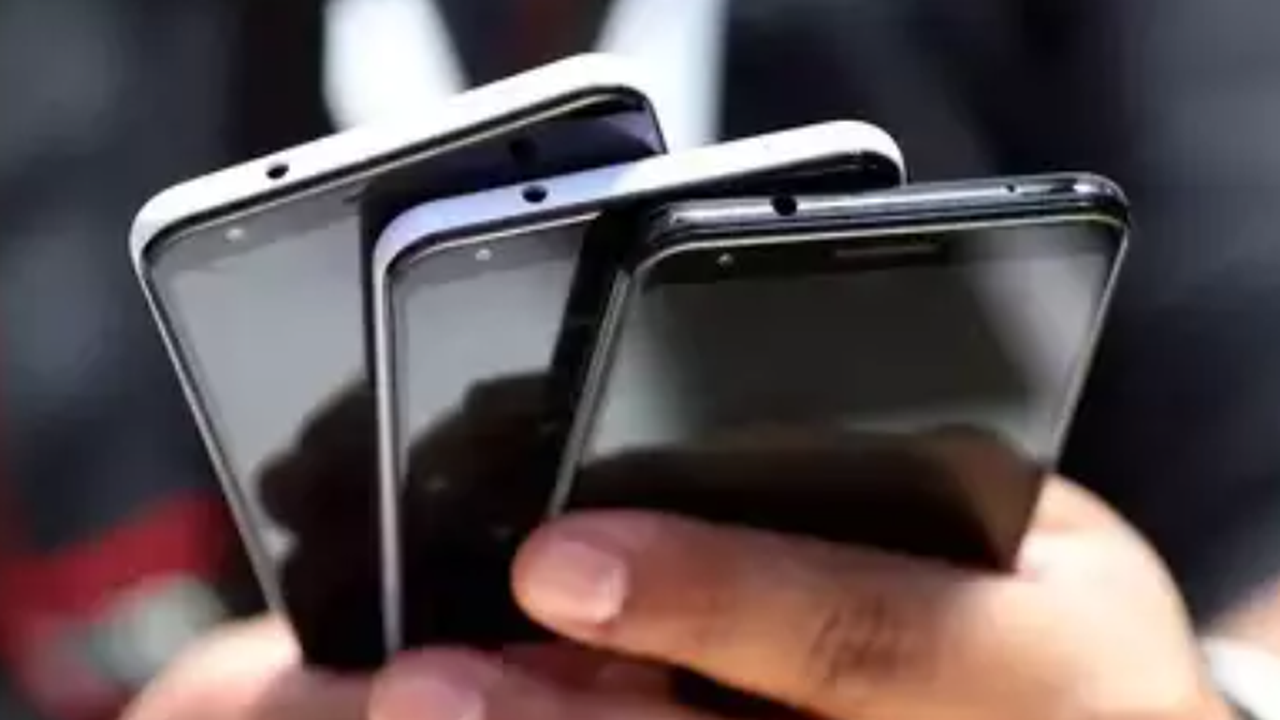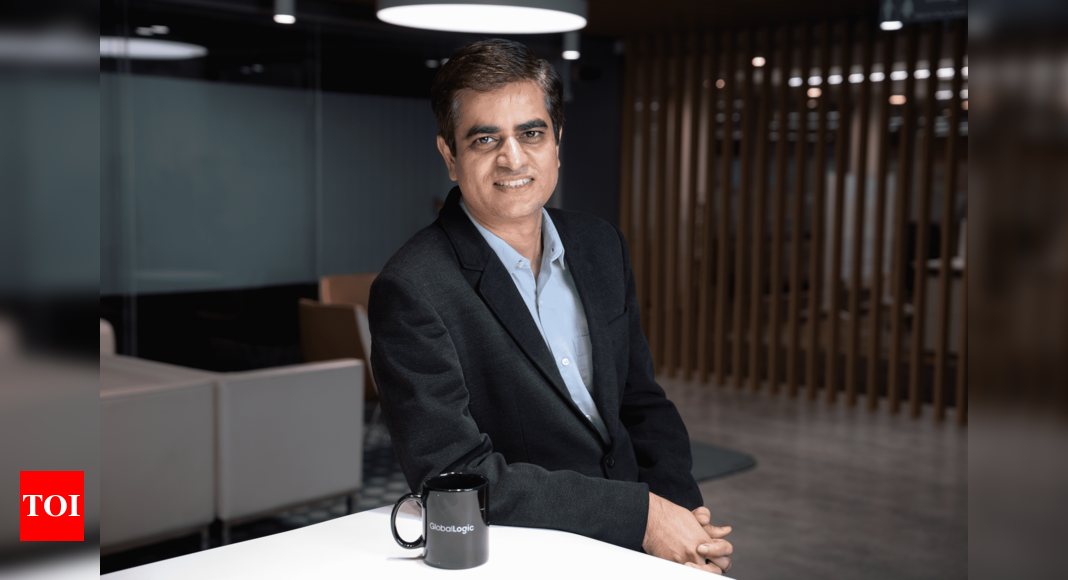Steve Ballmer: How former Microsoft CEO Steve Ballmer will make $1 billion a year for ‘doing nothing’
[ad_1]
Microsoft boosted its quarterly dividend payout to 75 cents a share, or $3 a share annually. Ballmer, with his 4% stake (333.2 million shares as of 2014), will pocket just shy of $1 billion in dividends next year.
The Windows-maker’s dividend track record has shone bright since 2003, making a cut unlikely. Uncle Sam, however, will collect a hefty share of Ballmer’s check. Given his hefty income, Ballmer faces a 20% tax bite on dividends, translating to roughly $200 million going straight to the government.
This may be ‘good news’ for investors across the globe. With Microsoft’s commitment to dividends and the broader market awash in juicy payouts, 2024 might just be the year to grab a slice of the dividend pie.
Ballmer among richest person in the world
Ballmer’s fortune has increased by an estimated $29 billion this year to about $115 billion. This is a few billion less than his former boss Bill Gates who was in fourth position with $121 billion, according to the Bloomberg Billionaires Index in October.
Ballmer joined Microsoft in 1980 as Microsoft co-founder’s assistant. He became Microsoft’s CEO in 2000 and stepped down in 2014. Microsoft paid $2.79 per share in dividends this year, resulting in an annual payment of about $930 million to Ballmer, depending on his ownership.
Berkshire Hathaway also set to gain
Apart from Ballmer’s drop in the dividend ocean, Warren Buffett’s Berkshire Hathaway expects a $6 billion dividend haul, thanks to its diverse portfolio of dividend-paying giants like Chevron, Bank of America, and even Coca-Cola.
[ad_2]
Source link


